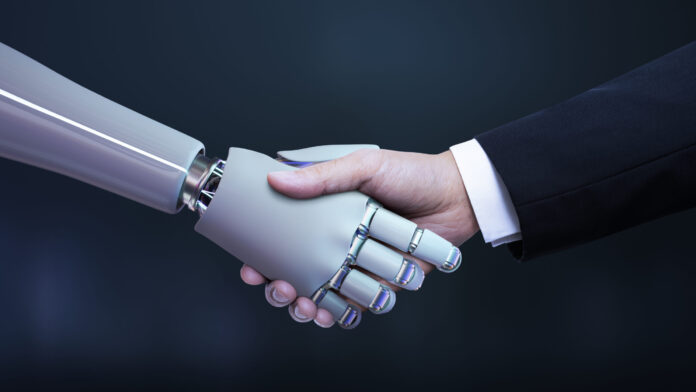As global manufacturing enters its next evolutionary phase, a quiet yet powerful transformation is taking place on the factory floor. This transformation, often referred to as Industry 5.0, signals a shift away from the purely automated, efficiency-driven goals of Industry 4.0 and toward a model that values collaboration between humans and machines. At the heart of this new industrial movement lies mechatronics, a multidisciplinary field that
blends mechanical engineering, electronics, computer science and automation to create intelligent systems. In the smart factory, it is mechatronics that acts as the central nervous system enabling flexibility, customization and human-centric design.
Unlike traditional automation, which replaces human labor with machines, Industry 5.0 is about leveraging machines to enhance human potential. Smart factories built on mechatronic principles are equipped with sensors, actuators, control systems and artificial intelligence that allow real-time responsiveness, predictive maintenance and seamless human–machine cooperation. These systems can detect errors, adapt to new designs on the fly and even learn
from operator input to optimize performance over time.
From Automation to Collaboration
In a mechatronic smart factory, machines are no longer limited to repetitive tasks. Instead, they can adapt their functions based on the needs of the production line. For example, a robotic arm integrated with force sensors and vision systems can assist a worker in assembling delicate components, adjusting its movement based on pressure feedback or hand gestures. This dynamic responsiveness reduces strain on workers while increasing precision
and quality control.
The use of digital twins, virtual replicas of physical assets, also enables real-time monitoring and simulation of factory processes. A smart conveyor system controlled by mechatronic algorithms can reroute parts automatically in response to changes in workflow or supply disruptions. These capabilities allow factories to become more agile, scaling production or shifting product lines with minimal downtime.
The integration of mechatronics also enhances safety. Wearable sensors can track worker fatigue, posture and environment, triggering alerts or even slowing down nearby machinery to prevent accidents. Automated guided vehicles and collaborative robots (cobots) equipped with mechatronic systems navigate complex environments safely, sharing space with human workers without protective barriers.
Custom Manufacturing and Human-Centric Design
As consumer expectations shift toward personalized products and just-in-time delivery, the ability to customize manufacturing at scale is becoming critical. Mechatronics makes mass customization feasible. Adjustable molds, smart tools and self-calibrating machines can switch between product designs rapidly, reducing waste and shortening lead times. Operators can fine-tune designs directly through user-friendly interfaces or augmented reality systems that overlay instructions onto physical equipment.
This flexibility supports not only consumer electronics or luxury goods but also crucial sectors such as healthcare and automotive, where individualized components are often required. The adaptability of mechatronic systems allows factories to respond quickly to design changes without halting entire production lines.
For developing countries like Sri Lanka, embracing smart manufacturing could be a game-changer. With strong traditions in apparel, electronics assembly and rubber-based products,
integrating mechatronic systems could increase global competitiveness and reduce dependency on cheap manual labor. Investing in vocational training and engineering education focused on automation, robotics and mechatronics would empower the local workforce to manage and innovate within these systems.
However, the transition to smart factories is not without challenges. Initial capital costs remain high, and many SMEs struggle to retrofit existing infrastructure with new technologies. There are also concerns about data security, interoperability and the need for new regulatory standards. But the benefits of resilience, sustainability and enhanced human welfare make a compelling case for investment.
In the long run, Industry 5.0 is not about replacing people. It is about placing people back at the center of industry. It envisions a future where machines support rather than displace, where data drives decisions but human insight shapes purpose. Mechatronics is the enabler of this vision—a quiet revolution transforming factories from rigid assembly lines into adaptive ecosystems where human creativity and machine precision coexist.
The smart factory movement may be technologically complex, but its goal is profoundly simple. It seeks to create workplaces that are efficient, safe and meaningful. And it begins not with machines alone, but with the will to design systems that respect the strengths of both man and machine.




